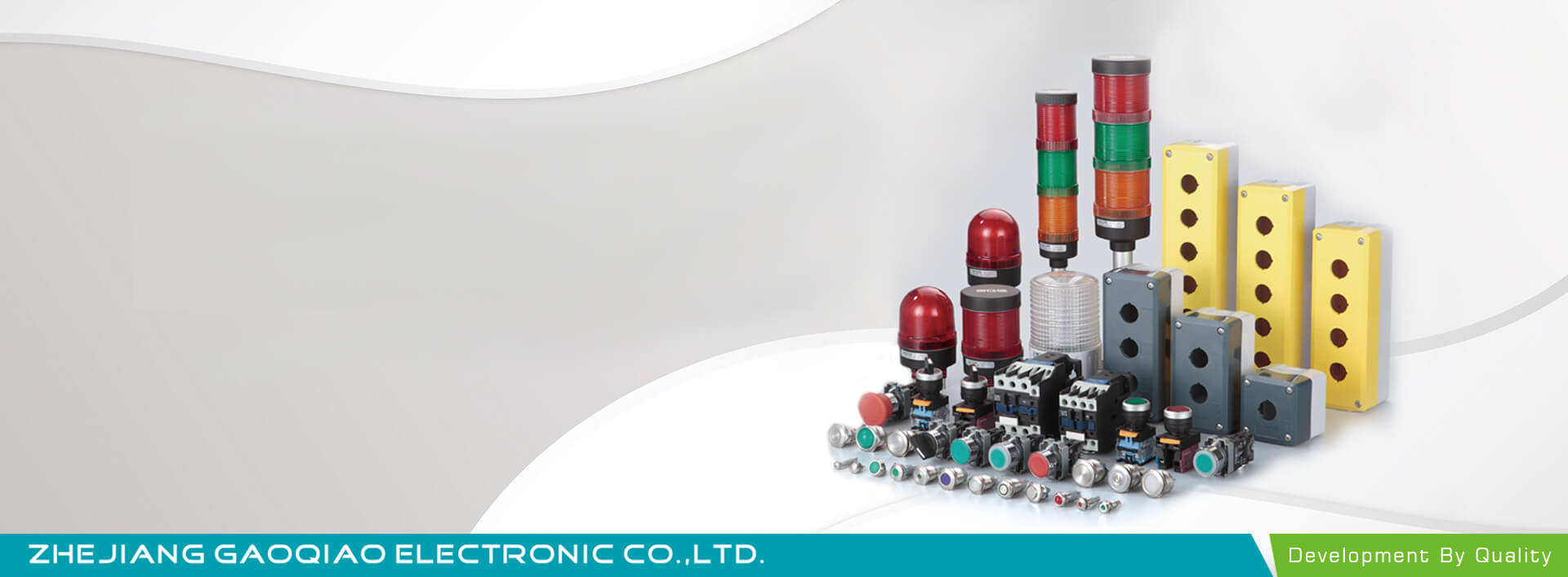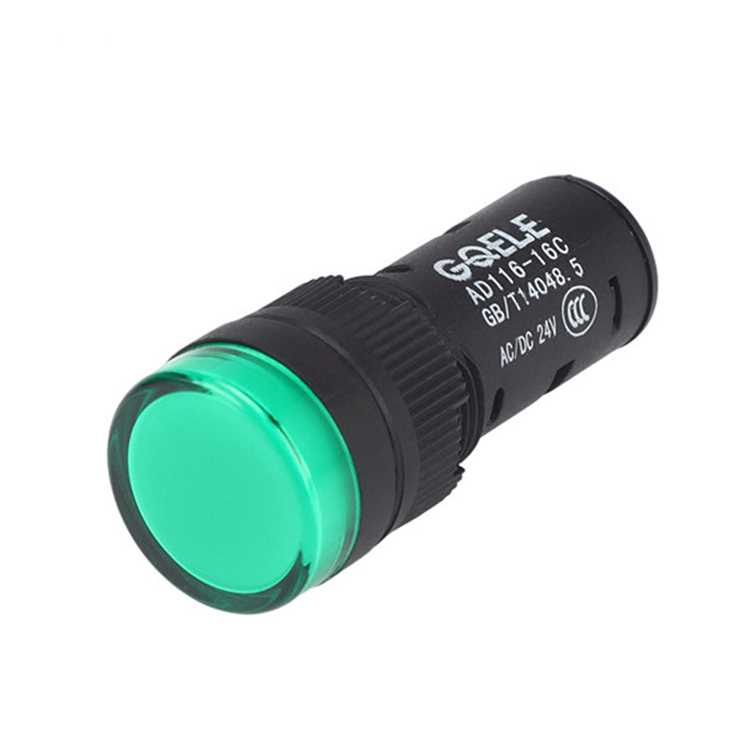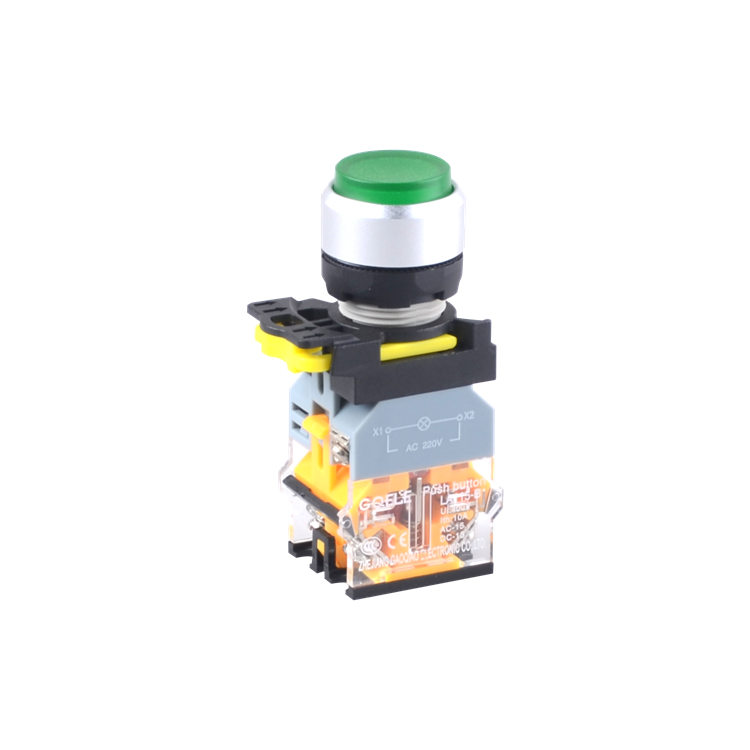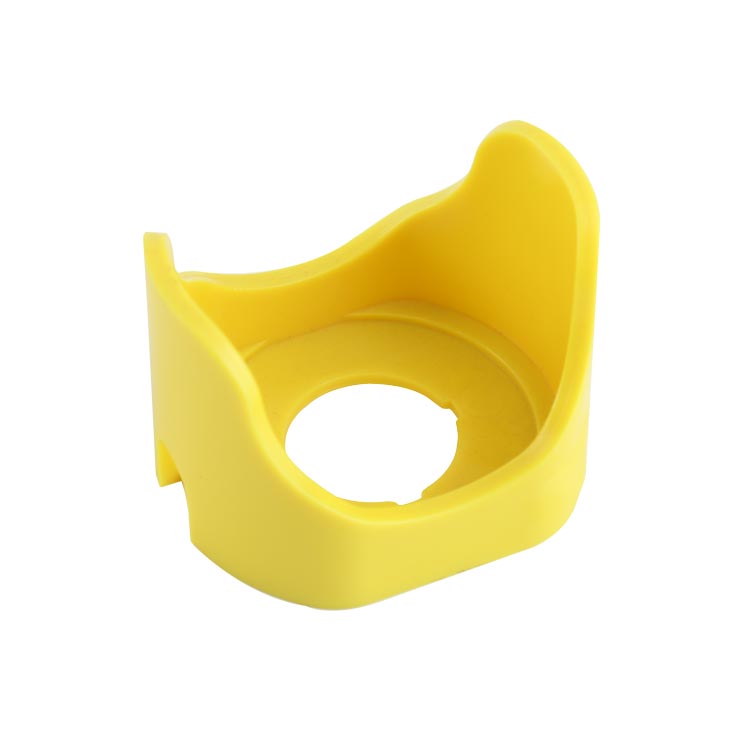
GL-12F10E/R23-SJ Blue Waterproof Anti-Vandal LED Metal Indicator Light
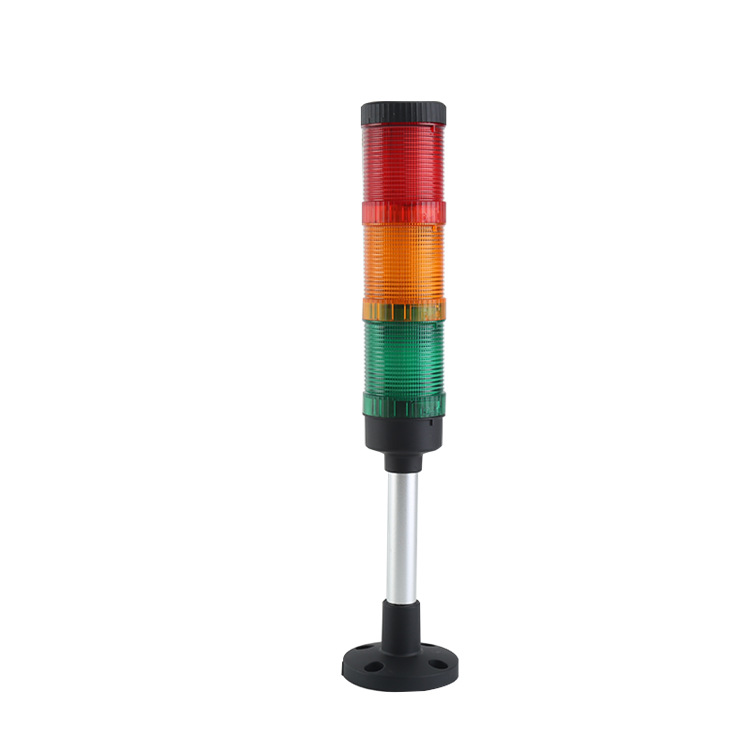
AL50-RYGM-31P2 Tower Light LED signal lamp alarm lighting

GOB-1A-YW High Quality One Hole Yellow Cover White Base Push Button Control Box
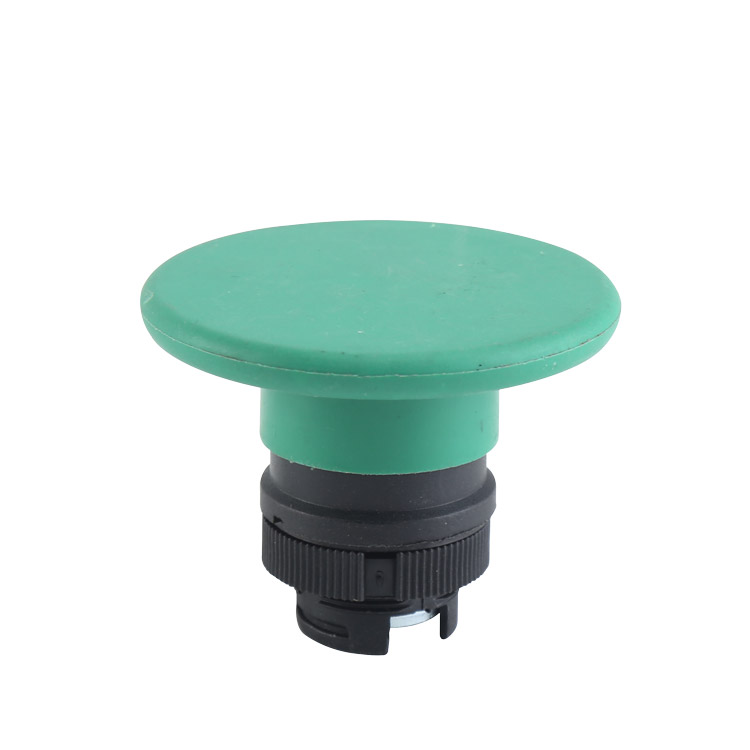
GXB2-ER3 Φ60 Spring Return Momentary Green Mushroom Push Button Head

LA115-A5-11E 1NO+1NC High Quality Φ30 Momentary Flush Push Button With Round Green Head And Without Light

LA115-5-EHD Φ22~Φ30 Round Momentary Extended Push Button Green Head With Green Light
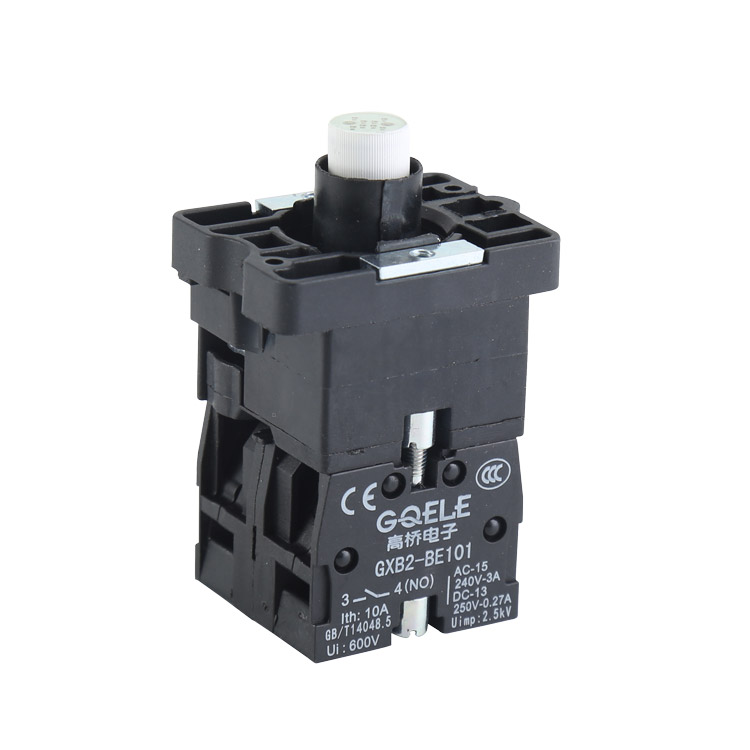
GXB2-EW063 1NO+1NC Black & White Plastic Contact Block And Holder With BA9S Lamp Block

LA115-A1-11D High Quality 1NO & 1NC Momentary Plastic Flush Push Button With Round Head And Yellow Light

GXB2-ES64 Φ60 Twist Release Plastic Red Mushroom Shape Emergency Stop Push Button Head With Symbols

LA115-22FF Black Circle Plastic Fastening Ring (Anti Loosening)

LA115-B5-11HFD High Quality 1NO&1NC Momentary Higher Flush Push Button With Illuminated Round Shape Head

LA115-B5-11HF High Quality 1NO&1NC Momentary Higher Flush Push Button With Red Round Shape Head


